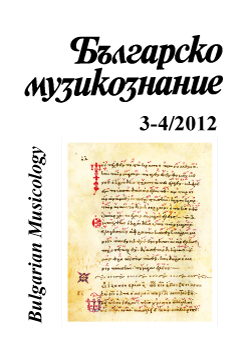

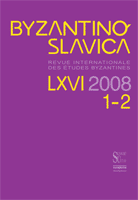
This paper considers the location of the famous Orphanage on the acropolis of Byzantine Constantinople, refurbished by Alexius Comnenus in the late twelfth century. The authors suggest a new identification of the Orphanage with the Byzantine buildings excavated in the Second Court of Ottoman Topkapî - Sarayî - , and argue on archaeological grounds that the Middle Byzantine complex re-used fifth-century structures.
More...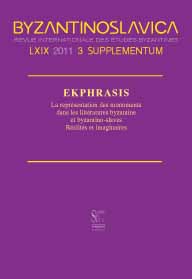
After a silence of many centuries, ekphraseis and enkomia of cities reappear in a developed form in the late Byzantine period due to the economic prosperity of the cities and their political independence. Brief ekphraseis of cities are also inserted in texts of various literary genres (historiography, hagiography, epistolography, rhetoric). They serve to adorn the literary style or to strengthen the narrative.
More...Book Review
More...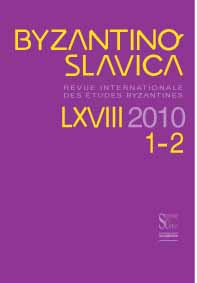
This paper provides a brief review of evidence for pottery use and pottery production in the Byzantine capital city of Constantinople. Published sources, mostly archaeological rather than textual, enable one to outline changing patterns of pottery ‘consumption’ in the city and to show that pottery manufacture took place there. Previously unpublished evidence is presented for Middle and Late Byzantine pottery production.
More...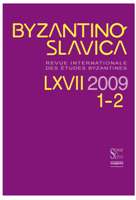
Seals are important for many branches of Byzantine studies, but they are hard to use. Their edited texts are often improved by new readings or the discovery of better copies, and redating is common. But there is no sure way of discovering whether any such corrections have been published for an edition you wish to use. A website under construction to help with this problem already contains details of nearly 10,000 seals.
More...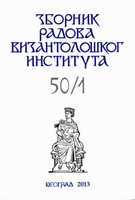
Keywords: Seal; Alexios I Komennos; Nicholas Synesios; Eustathios Kamytzes; Constantine Dalassenos Doukas; Constantine Kekaumenos
In this paper, seals found at the location of the Ras fortress (Tvrđava Ras) have been published. Inscriptions on these seals show that they used to belong to persons which could be identifi ed with certain military commanders who served under Alexios I Komnenos. The seals in question are: the seals of protonobelissimos Eustathios Kamytzes, Constantine Dalassenos Doukas, protoproedros and doux Constantine Kekaumenos and a certain person called Alexios.
More...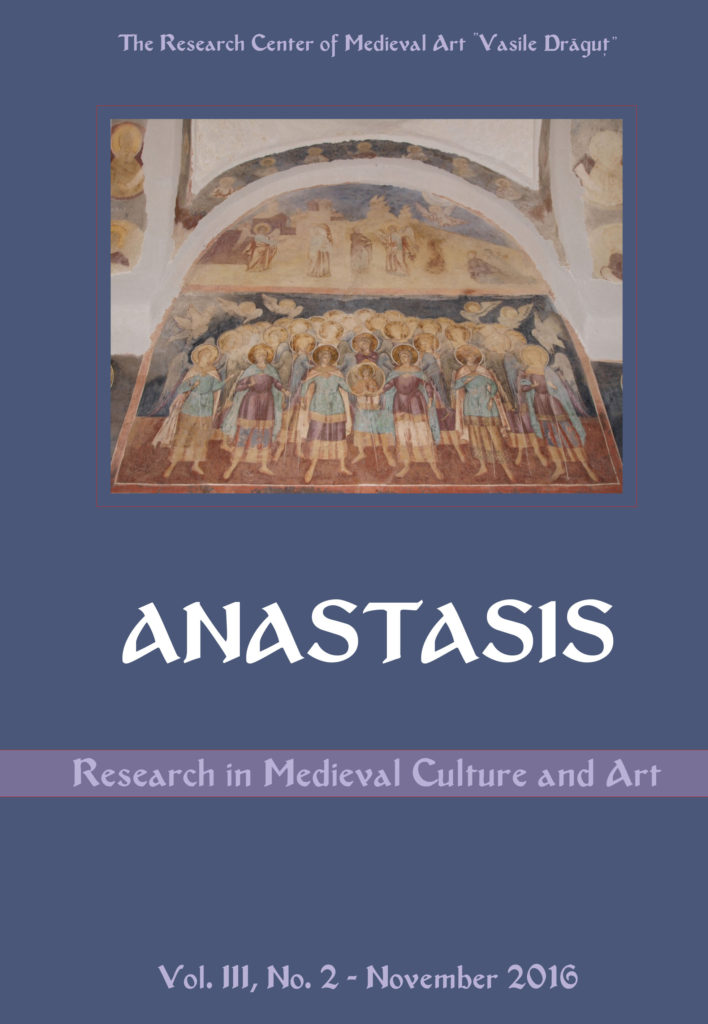
Keywords: Byzantine art; perspective; space; overlapping; hierarchical perspective; inverted perspective
This article proposes an analysis of the issue of spatialrepresentation in Byzantine art. In the first part, we identify the reasonsleading to the elimination of three-dimensionality effects in Byzantineimagery. The idea that Byzantine artists intentionally gave up threedimensionalrepresentation is supported with arguments. Even thoughByzantine art systematically rejected representing the third dimension, wecan definitely discover certain ways of rendering spatiality. These methodsare briefly analysed in the second part of this work
More...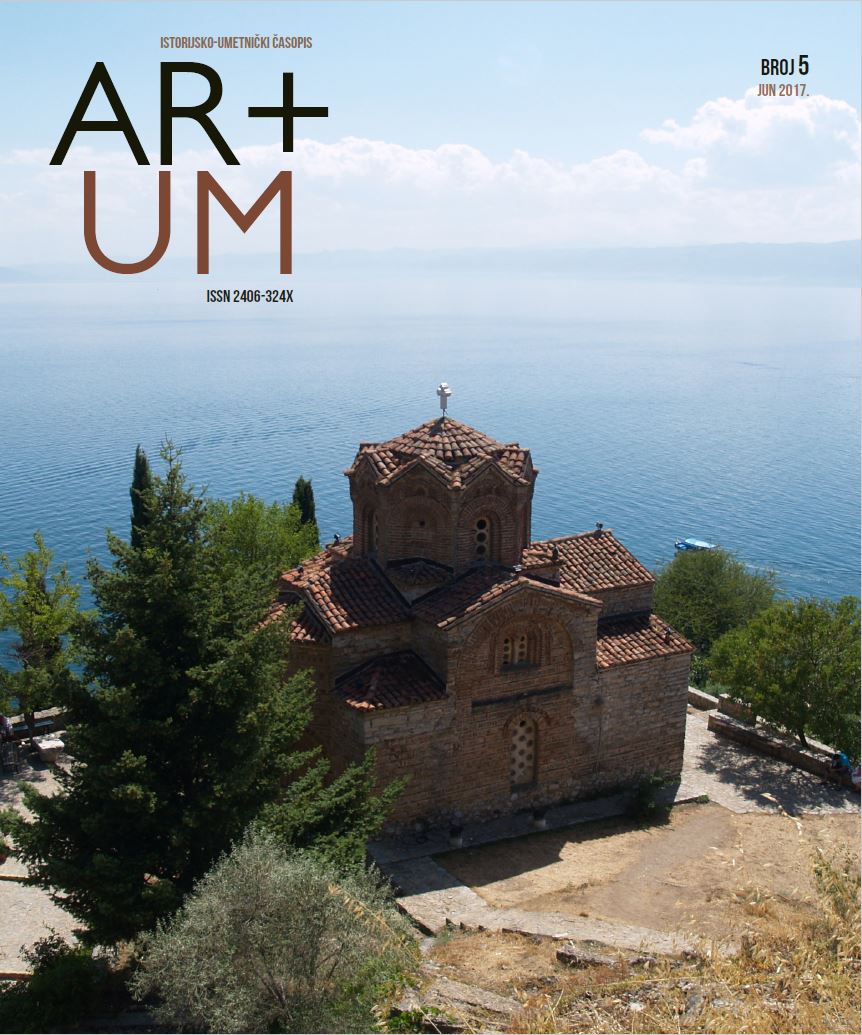
Keywords: church;cross-in-square;bricks;stone;facade;Berat;late Byzantine architecture
The main focus of this article is to provide information about the architectural typology and the construction techniques of Byzantine churches in Berat, Albania. The article discusses the architectural peculiarities of churches in Berat and their possible connections with churches built during the same period in Ohrid in FYROM and several Epirote examples.
More...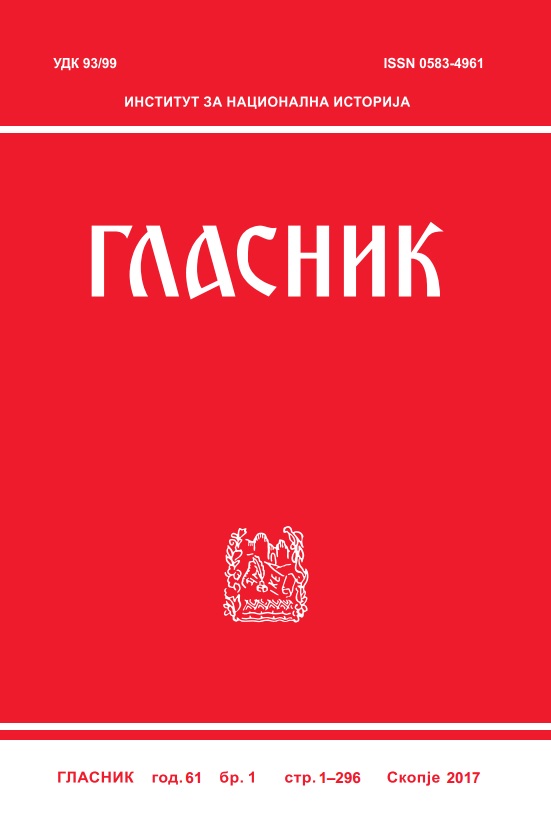
Византиската дипломатија за време на конфликтот со Самоиловата држава била употребена тогаш кога не постоела воена опција со која Византија би им се спротивставила на агресивните намери на нејзините владетели, но и кога имало можност зацртаната цел да биде остварена на ваков начин. Понекогаш таа целосно ги заменувала византиските воени активности на теренот. Средствата и методите што биле употребени биле во целосна согласност со утврдените норми запишани во текстовите што се однесуваат на или инцидентно известуваат за овој аспект на византиската политика. Освен во почетната деценија од конфликтот, кога непријателот бил политички непознат, византиската власт се обидела преку директни преговори и од позиција на супериорност веднаш да ја реши ситуацијата на Балканот. Во преостанатиот период дипломатската активност на Василиј II кон Самоиловата држава била прагматична, обликувана според можностите, но и моменталните потреби на теренот, како и од сознанието за нејзината ограниченост, знаење стекнато преку искуството добиено од почетните контакти со Самоил. Поради силните карактери на владетелите на Самоиловата држава и нивната решителност да не му се потчинат на Василиј II, византиската дипломатија имала ограничен успех во запирањето на непријателствата. Затоа биле потребни значителни воени напори за конечно да се заврши конфликтот и да се постигне целта–воспоставување на византиска хегемонија на Балканот.
More...
Keywords: cosmology; ontology; aesthetics of the asceticism; Byzantine culture; asceticism; theism; trinitary monotheism; beauty; order; harmony;
The study explores the peculiarities of the cosmological senses, which exist in Byzantine ascetic aesthetical doctrine. Underlining the obvious strong connection between theological aesthetics, ontology and cosmology, the author of the article points out the interpretation of world’s beauty, order and harmony by representatives of ascetic culture of Byzantium (sts. Grigoriy the Theologian, Grigoriy, bishop of Niss, Ioann Chrysostom, Ioann Damaskin, Simeon the New Theologian and others).The aesthetics of the asceticism is characterized as theocentrical ontology of beauty. Its development has been influenced by theism, trinitary monotheism and theocentrism of Christian world-view tradition. The theologians speak about the existence of the Highest Absolute Beauty, Who is the cause of the beautiful things in created reality. The impressive qualities of cosmos are considered as evidence of being of their Almighty Creator. Therefore, the sensual cognition can help believer in his or her search of God.At the same time, ascetic aesthetics prevents from unreasonable enjoying of the sensual (material, somatic) beauty for such enjoying is able to make the true person’s spiritual perfection impossible. Moreover, according to Christian theology, absolutization of the cosmical beauty regularly distorts the person’s belief: Byzantine ascetics point out the “aesthetical” cause of paganism appearance.Appealing to Bible, theologians differentiate two periods in history of cosmos, which can be interpreted as the pre-sin and the post-sin ones. The beginning of visible world existence was marked with being of original beauty, order and harmony, but the transgression, committed by the first people, distorted the cosmos to a great degree.Acknowledging of this sorrowful fact does not ruin quite an optimistic character of ascetic aesthetical, ontological and cosmological conceptions of Byzantium. According to them, the beauty of Universe will be completely renewed in future by Merciful Creator.
More...
Keywords: Portrait; Byzantine art; Icon; Iconoclasm;
Guided by the Christian faith, Byzantine art has attached special meaning to the representation of the human figure. Grounded on aesthetic principles, the artistic representation of the human face relinquished on the physical materiality of the represented model, searching for its essences and resemblances to the divine world. Subject to specific representation rules, Byzantine portraiture bears a series of peculiar characteristics that mark it out among other images of this kind belonging to other spirituality areas, periods and artistic styles. Both in icons, where it highlights a series of particular significances describing the divine nature of saints, and in other fields of Byzantine arts – such as mural painting or mosaic –the portrait stands out due to its importance. This paper intends to present a few of the defining characteristics of portraiture in Byzantine art, exemplifying the evolution of this artistic genre by analysing some of the most representative creations of this field.
More...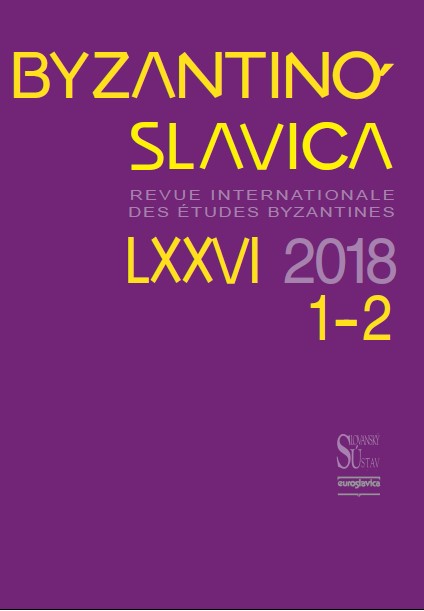
Keywords: Byzantine; Rus; contemporary policy; east Slavonic lands
The late Byzantine empire maintained close ties with the principalities of Rus, but these have been studied almost exclusively in the context of the crises surrounding the appointments of rival metropolitans for the East Slavonic lands in the mid- to late fourteenth century. Other types of sources show, however, that Rus was a subject of serious scholarly interest for several generations of late Byzantine intellectuals. The contemporary politics and geography of Rus, as well as its earlier conversion to Christianity under Byzantine auspices, are discussed in works of various genres and periods. Although the accuracy of these writings is limited, they reveal that the hosti lity which arose from the machinations in the church hierarchy was not the full story of Byzantine-Rus relations. Indeed, in the empire’s weakened state post-1261, many members of the Byzantine elite viewed Rus as a powerful and reliable (if unsophisticated) supporter whose geopolitical success was thanks largely to Byzantium’s civilising infl uence.
More...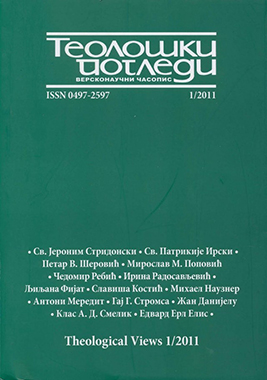
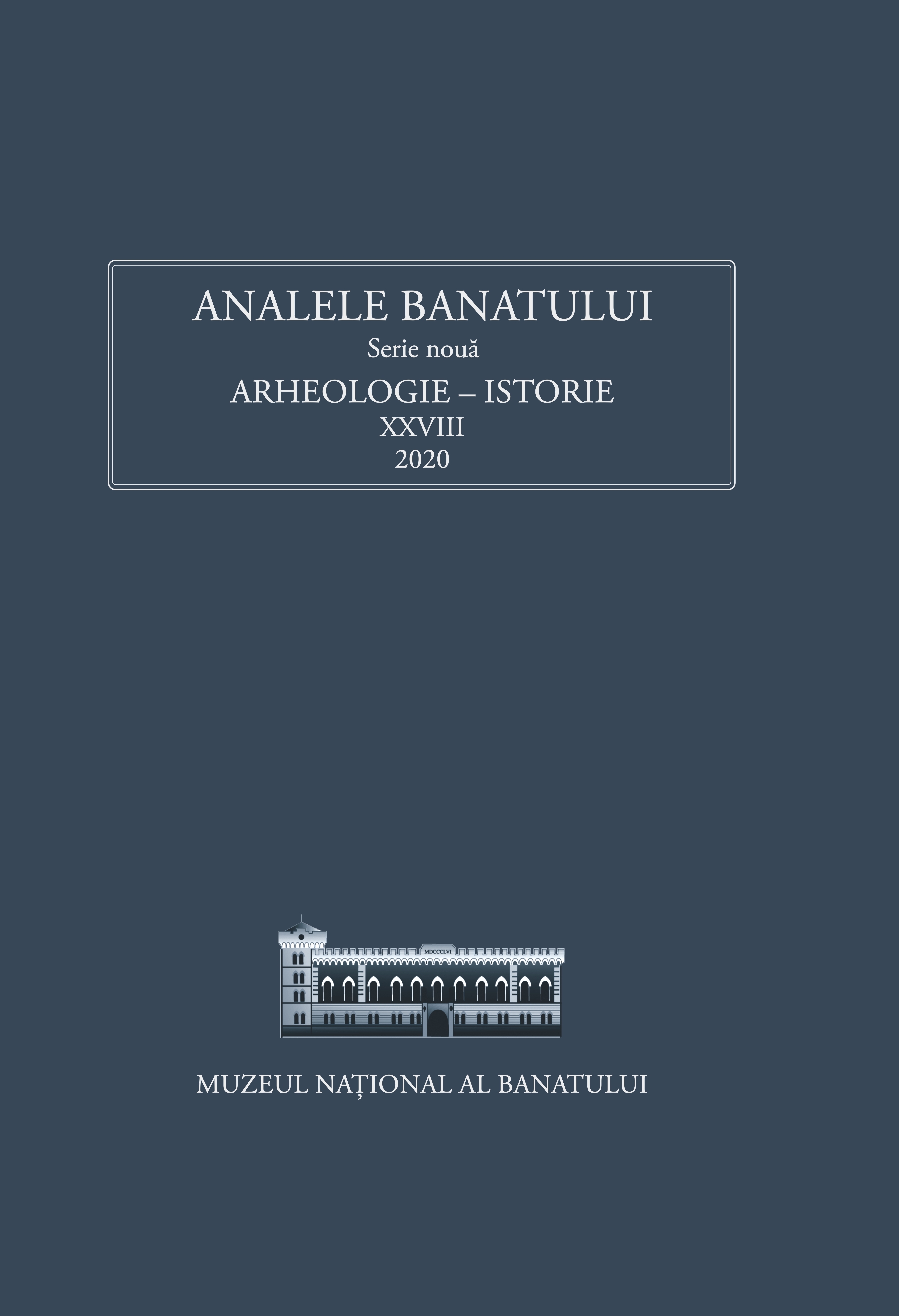
Keywords: hoarding; coin circulation; Banat;Byzantine Empire; Middle Ages; Komnenos dynasty;
The aim of this paper is to present a hoard, which is most likely a fragment of a more extensive treasure and which was recovered by the Romanian judicial authorities in 2014. The finding place of the hoard remains unknown, most of the recovered information indicating that it was found in Banat, somewhere in the area of Timiș and Caraș-Severin Counties. The first part of this paper is dedicated to the presentation of the hoard which consists of 17 billon coins struck by John II Komnenos and 15 billon coins struck by Manuel I Komnenos, the latest coin of the hoard being dated between the years 1160 and 1164. In the second part of the paper an analysis of the similar findings from the Banat area is proposed, alongside with the sketching of a historical context for the hiding of this batch of coins and an analysis of the impact had by the byzantine coin in the local monetary circulation.
More...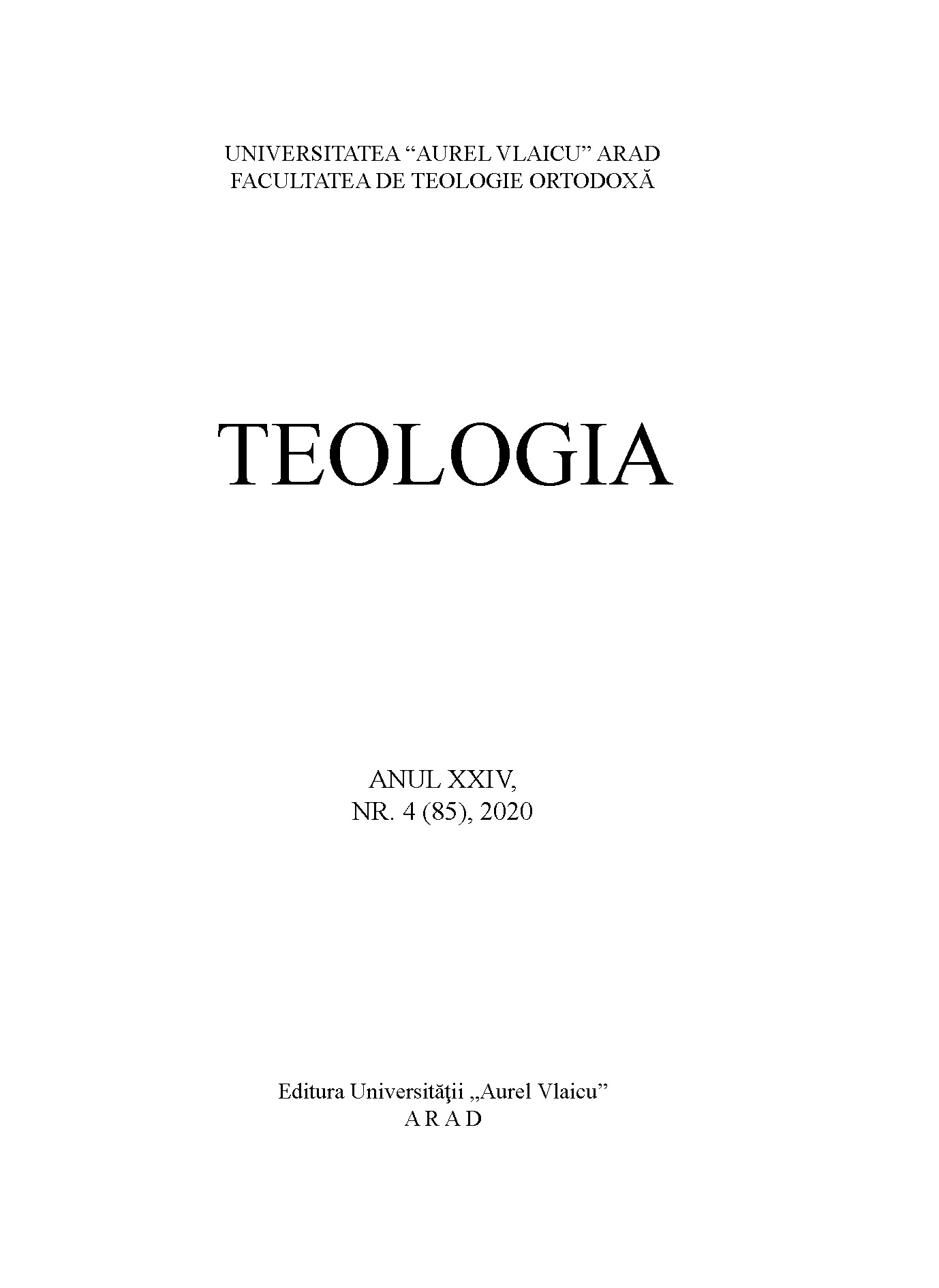
Keywords: Iconoclasm;Interreligious dialogue;Arab World;Byzantine Empire;
In its first part, the study presents the Byzantine iconoclasm, the causes of its appearance, the historical period in which it appeared and manifested, the main representatives of the fight against the Holy Icons. The second part refers to the iconoclastic measures taken by the Arab caliphate, measures justified from the Muslim point of view, because Islam is by definition against any iconic representation. Therefore, the measures taken against the Holy Icons were against all Christians in the East, whether they were within the borders of the Byzantine Empire or outside these borders, that is, in the Arab Caliphate.
More...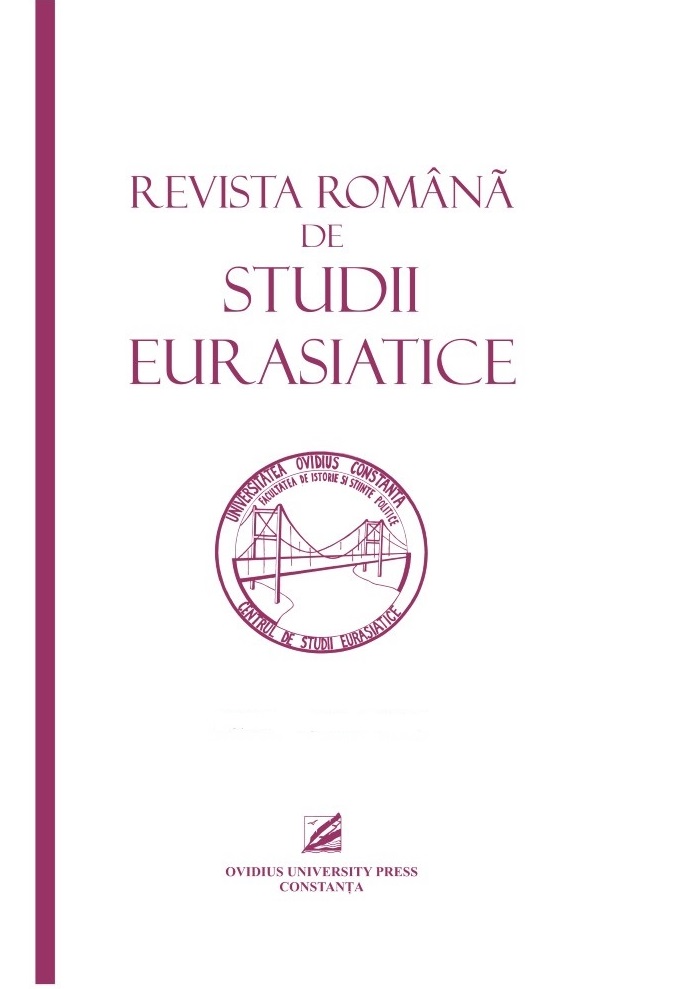
Keywords: Art; Byzantine art; Byzantine Imperium; Religious art; Byzantine icons; Textile;
Canonically defined, the theme of the icon, as well as its symbolism, is not within the competence of the artist. Unlike profane art, the icon spontaneously reveals the mystery it represents. Moreover, she lives from this reality and can only be perceived from within. In sacred painting its basic features are provided by the canons. Thus, the position of the body, the attire of the characters, the gestures and other details are invariable. According to the requirements of the Church of the East, icon painters must conform to a set of canons, guides, which guarantee continuity and doctrinal unity. In profane art, valuable work reflects the personality of the artist. It is, in a way, an attempt to materialize his thinking and vision of the world. Audience recognition involves new creations, and the artist's effort constantly tends towards innovation and overcoming. The iconographer, however, feeds his art from the Tradition and the teaching of the Church. His personality must be eclipsed in front of the represented character. Despite this fidelity to Tradition, it is amazing to find that there can be counted dozens of iconographic schools, in which we do not find two identical icons. But, also in this context, we notice that the icon with a certain subject is immediately recognized by everyone. The topic of this paper is the liturgical textile representations that we can see in Byzantine Art, the meanings of the colors and symbols that enrich them.
More...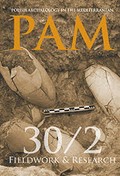
Keywords: Byzantine; seal; Magnesia; Manisa Museum; Turkey;
The Collection of Tunay Demran, officially registered in the Manisa Archaeological Museum, contains seven seals, six of lead and one of silver, and one blank. Manisa, the Byzantine Magnesia Anelios on Mount Sipylos, with its fertile lowland and strategic location in Western Anatolia, has been home to different civilizations over the centuries, including the Lydian Kingdom, one of the most important ancient civilizations. In the 13th century, it became one of the more important cities of the Nicene Empire (established after the Latin invasion in 1204) and the seat of Ioannes III Doukas Vatatzes, who located an actively working mint there. Later on, the city and its environs came under the rule of the Beylik of Saruhan and the Ottoman Empire. There is a rich archaeological record of civil and religious architecture in Manisa and its surroundings, still awaiting full investigation. The article presents Demran’s collection of seals and explores potential ties with the archaeological remains of historical Magnesia.
More...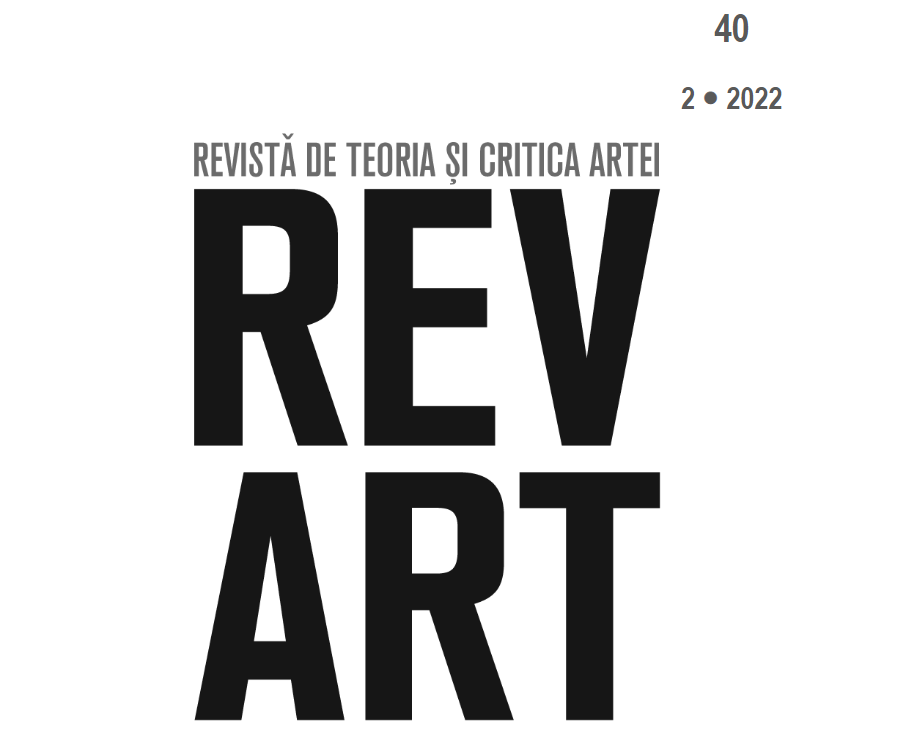
Keywords: Byzantine; Byzantine Music; Byzantinology;
The present paper aims to highlight some details of the beginning of Byzantine music and the terminology used in its designation. At the same time, the paper briefly presents some philosophical ideas that underlie Byzantine music, and how they are artistically transposed into it.
More...